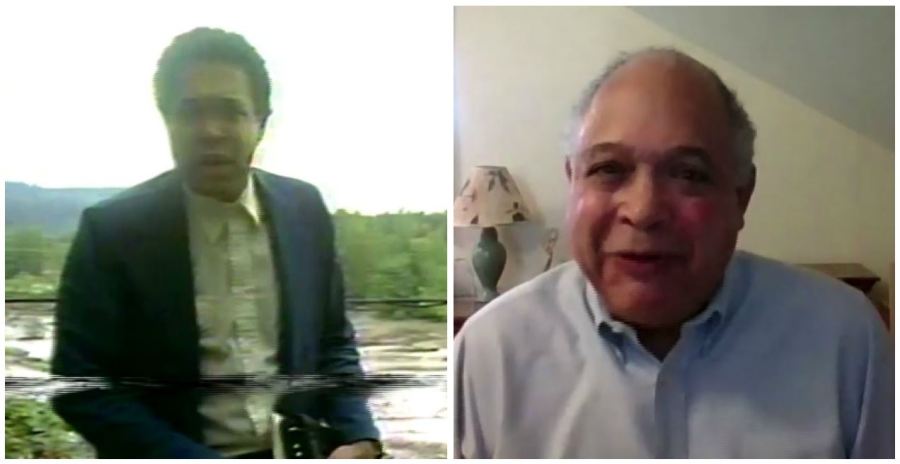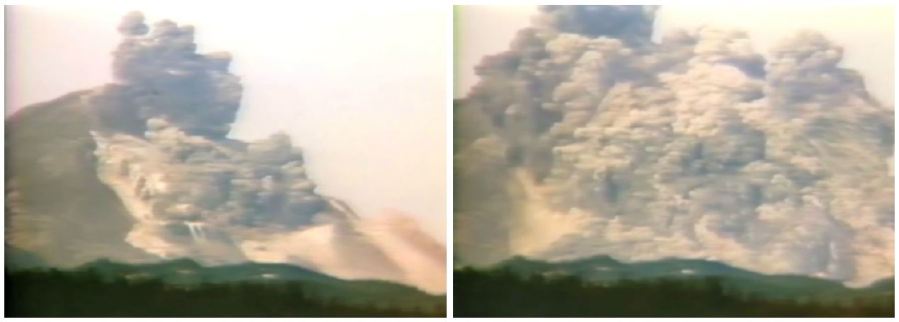PORTLAND, Ore. (KOIN) — Forty years ago Monday, May 18, the most destructive volcanic event in US history happened here in the Pacific Northwest. Mount St. Helens, 70 miles northeast of Portland in Skamania County, exploded with a fury no one here had ever seen. Back in 1980, there was a former KOIN 6 News reporter who witnessed it all—it’s an important part of where we live.
After weeks of volcanic pressure building inside Mount St. Helens, the north face of the mountain exploded, sending smoke and ash 80,000 feet into the sky.
“The day May 18th was unforgettable,” said former KOIN 6 News reporter Bill Deiz.

He and photographers Carol Thomas and Bruce Collins were among the first in the red zone as Saint Helens erupted.
“And we got about as close as we could get without losing our lives,” said Diez.
He reported from the ground and from the air as trees and logs dislodged by the blast flooded the Toutle River and headed for Spirit Lake.
“It looked like something unreal, something unearthly,” recalled Deiz. “And it was just some of the most fantastic stuff I’d ever seen.”
KOIN Video Vault: The eruption of Mount St. Helens
Photos: The eruption of Mount St. Helens
The eruption lasted most of the day, sending billowing smoke and ash into at least 11 states and blanketed nearby towns and cities.
“It was so thick that it turned day into night,” said Deiz.

As estimated 57 people died in the eruption. The real number could be anywhere from 51 to 64. One well-know victim was Harry Truman, a lodge owner who refused to leave despite the warnings.

“That’s my life,” Truman was recorded saying. “Spirit Lake and Mount St. Helens is my life, folks. I’ve lived there 50 years. It’s part of me.”
Another victim was US Geological Survey Scientist David Johnston, for whom the Johnston Ridge Observatory was named.
For Deiz, that was among the most important stories he ever covered.
“We felt it was a mission. We wanted to inform the public,” said Deiz.
Bearing witness to one of the most spectacular and monumental events in Northwest history. The eruption caused more than a billion dollars in damage—more than $3 billion in today’s dollars. The blast took more than 1,300 feet off the top of the mountain.
A dome of lava inside the crater continues to grow today.
KOIN Video Vault: The eruption of Mount St. Helens